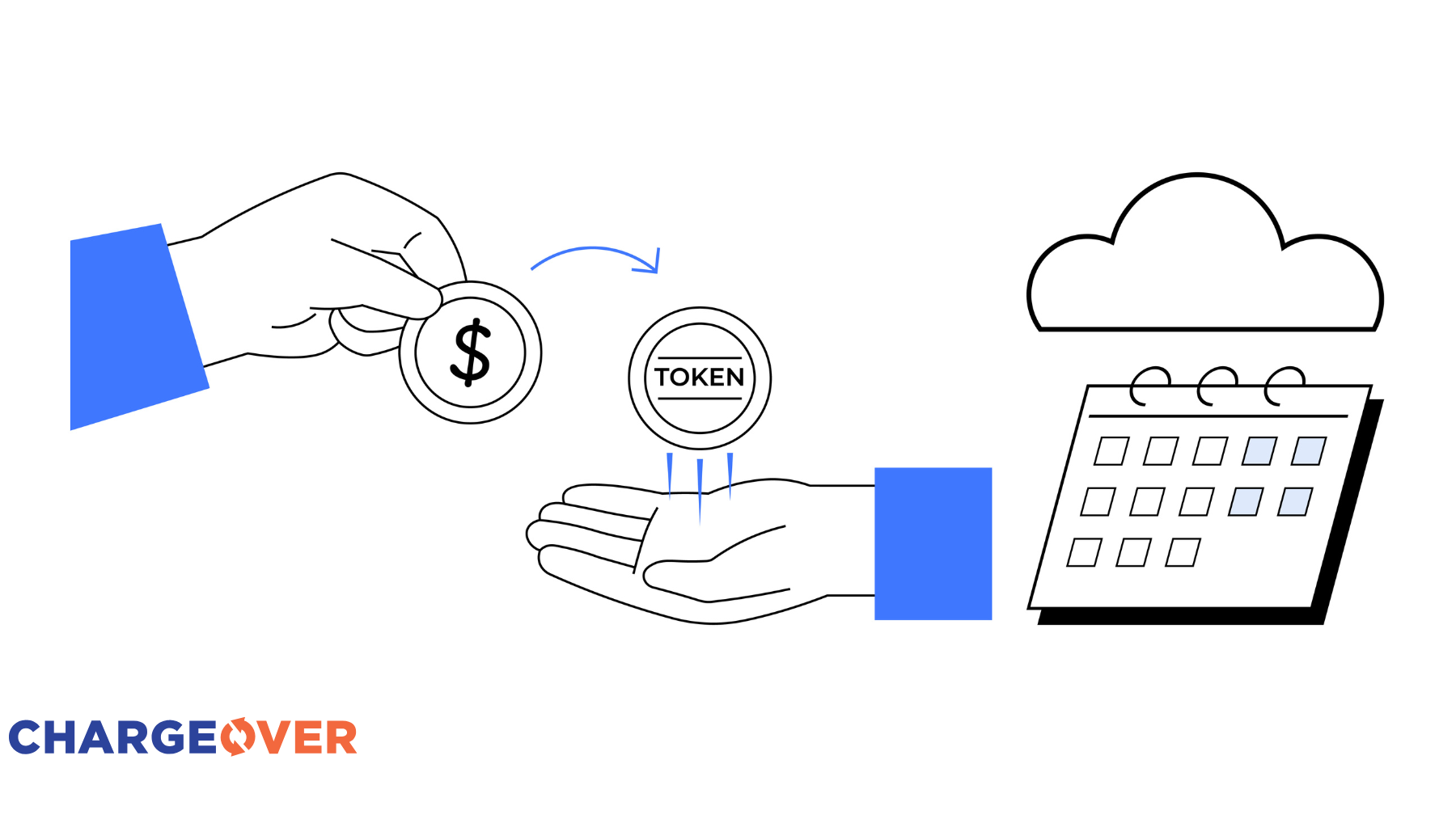When a customer submits a chargeback, which is a dispute of a transaction initiated with their payment provider or credit card issuer, business owners have several options to address the situation.
The consumer may initiate a chargeback by contacting their issuing bank and filing a substantiated complaint regarding one or more debit items on their statement. Once the transaction is proven to be fraudulent, the bank will refund the original value to the cardholder.
Here are some common steps and options:
- Review the Chargeback Notification: When a chargeback occurs, the business owner receives a notification detailing the reason for the dispute, the transaction details, and any supporting documentation provided by the customer. Thoroughly review the notification to understand the customer's claim and the evidence provided.
- Gather Documentation: Collect all relevant documentation related to the disputed transaction. This may include purchase receipts, order details, shipping information, contracts or agreements, customer communication records, and any other evidence that supports your position.
- Respond to the Chargeback: Timely response is critical when handling chargebacks. Most payment providers or credit card issuers set specific deadlines for responding to chargebacks. Prepare a comprehensive response that addresses the customer's claim, provides evidence, and explains why you believe the charge is valid. Clearly present your case based on the supporting documentation you have gathered.
- Provide a Refund or Resolution: In some cases, it may be in the business's best interest to offer a refund or a resolution to the customer before the chargeback process concludes. This can help mitigate potential damage to the business's reputation, customer relationships, and future chargeback risks. Assess the situation and evaluate whether a refund or resolution is appropriate.
- Dispute the Chargeback: If you believe the chargeback is unwarranted or invalid, you can choose to dispute it with the payment provider or credit card issuer. This involves providing a strong defense, presenting evidence, and explaining why you believe the charge is valid. The specific process and requirements for disputing chargebacks may vary depending on the payment provider or credit card issuer.
- Seek Professional Assistance: In complex chargeback cases or situations where the business owner lacks expertise in managing disputes, it may be beneficial to consult with professionals experienced in chargeback management or engage the services of a chargeback mitigation service. These experts can provide guidance, support, and expertise to navigate the chargeback process effectively.
It's important to note that chargeback policies and procedures can vary between payment providers and credit card issuers. Familiarize yourself with the specific guidelines and requirements set by your payment provider to ensure compliance and maximize your chances of resolving chargebacks successfully.
Download Chris Dub, ChargeOver’s Director of Customer Success’ eBook on 5 Ways to Recover Payments Faster for FREE
It's advisable to establish strong customer service practices, clear refund policies, and effective dispute resolution mechanisms to proactively address customer concerns and minimize chargeback occurrences.
When faced with a customer chargeback, business owners have several options to address the situation. While the specific processes and guidelines may vary depending on the payment provider or credit card issuer, here are some general steps and options:
- What is a Chargeback
- What do I do now? (ChargeOver) If you have been issued a chargeback, you should contact your credit card processor and find out what the next steps you should take are. They will likely want documentation showing the correspondence you've had with the customer.
- Understand the Chargeback Process from vendors used worldwide
- Chargeback Management Guidelines for Visa Merchants
- Mastercard Chargeback Guide
- Review the Chargeback Notification and Documentation:
- How a payment dispute works (Square)
- Chargeback Reasons (PayPal)
- Gather Evidence and Respond:
- Dispute Categories (Stripe)
- Chargeback Management App (Authorize.Net)
- Offer a Refund or Resolution:
- Resolve a chargeback or inquiry (Shopify)
- How to Tackle the Problem of Subscription Chargebacks (PaySimple)
- Dispute the Chargeback:
- Disputing Chargebacks (Braintree)
- Payment Dispute Process (Square): The more evidence you can provide, the better chance you have of winning the dispute.
It's important to note that chargeback processes can be complex, and specific guidelines may vary depending on the payment provider or credit card issuer. It's recommended to consult the resources and guidelines provided by your payment provider, as they will provide the most accurate and up-to-date information specific to your situation. Additionally, seeking professional advice or assistance from experts in chargeback management can be beneficial in navigating the process effectively.
Transform Your Billing Experience
Your results are just the beginning. Learn how to optimize your billing and scale your success.


